If you're looking for a nigella seeds substitute for naan bread, black sesame seeds are your best option. They have a similar appearance and texture, and can be used in a 1:1 ratio. For Indian curry dishes, cumin seeds are a great alternative, though you may want to use half the amount since cumin has a stronger flavor. Whether you're out of nigella seeds or just curious about alternatives, this guide will walk you through the best options for every kitchen scenario.
Table of Contents
- What Are Nigella Seeds?
- Why Substitute Nigella Seeds?
- Top 5 Alternatives to Nigella Seeds
- Buying Guide: Choosing the Right Alternative
- How to Use These Alternatives in Your Cooking
- Frequently Asked Questions
- Final Thoughts
What Are Nigella Seeds?
Nigella seeds, also known as kalonji, black cumin, or onion seeds, are tiny black seeds commonly used in Indian, Middle Eastern, and Mediterranean cuisines. Despite the many names, they're botanically distinct from other seeds like cumin or poppy.
They have a slightly bitter, peppery flavor with undertones of oregano and thyme. They're often toasted before use to enhance their aroma and are frequently sprinkled on breads, pastries, curries, and pickles.
Why Substitute Nigella Seeds?
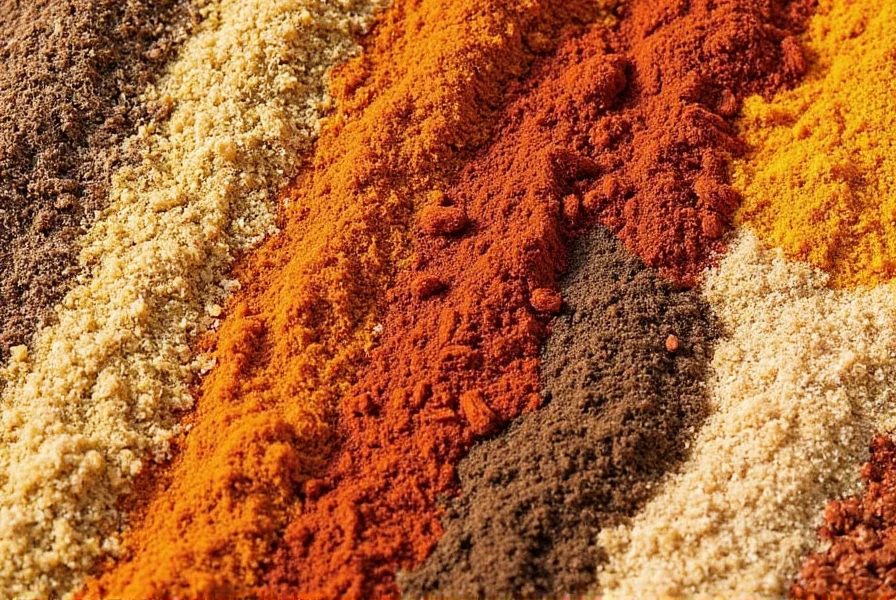
There are several reasons you might need an alternative:
- You can't find them: Nigella seeds aren't always stocked at local grocery stores.
- Allergies or sensitivities: Some people may react to certain compounds in nigella seeds.
- Budget-friendly swaps: Depending on where you live, nigella seeds can be pricey.
- Variety in your spice game: Experimentation makes cooking more fun!
Top 5 Alternatives to Nigella Seeds
Here's a curated list of the best substitutes based on flavor profile, texture, availability, and versatility:
| Alternative | Flavor Profile | Texture | Best For | Availability |
|---|---|---|---|---|
| Black Sesame Seeds | Mildly nutty, subtle sweetness | Crunchy, similar to nigella | Naan bread, Indian flatbreads, Middle Eastern dishes | Easy to find |
| Cumin Seeds | Earthy, warm, slightly bitter | Slightly larger than nigella | Indian curries, lentil dishes, spice blends | Very common |
| Poppy Seeds | Mild, nutty, slightly sweet | Smaller, delicate crunch | European breads, bagels, pastries | Widely available |
| Fennel Seeds | Anise-like, sweet and aromatic | Slightly softer, medium size | Italian breads, soups, tea blends | Common in most markets |
| Turmeric Powder (in a pinch) | Earthier, lacks crunch | Powdery texture | Sauces, gravies, dishes where color matters more than texture | Universal pantry staple |
1. Black Sesame Seeds
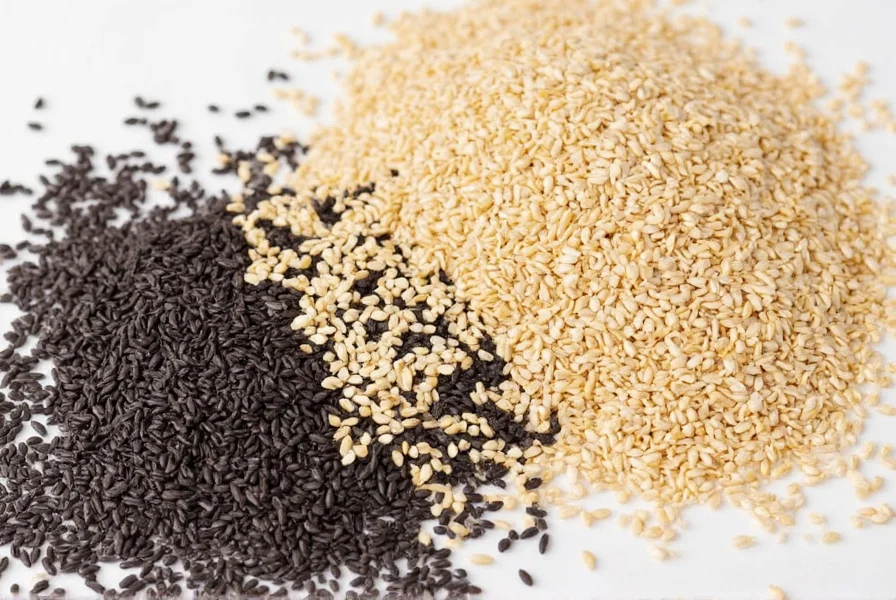
If you want something visually similar to nigella seeds with a comparable texture, black sesame is your go-to. While the flavor isn't exactly the same (they're milder and sweeter), they mimic the crunch and visual appeal of nigella beautifully.
Tip: Toast them lightly for a deeper, nutty flavor when using in breads or snacks.
2. Cumin Seeds
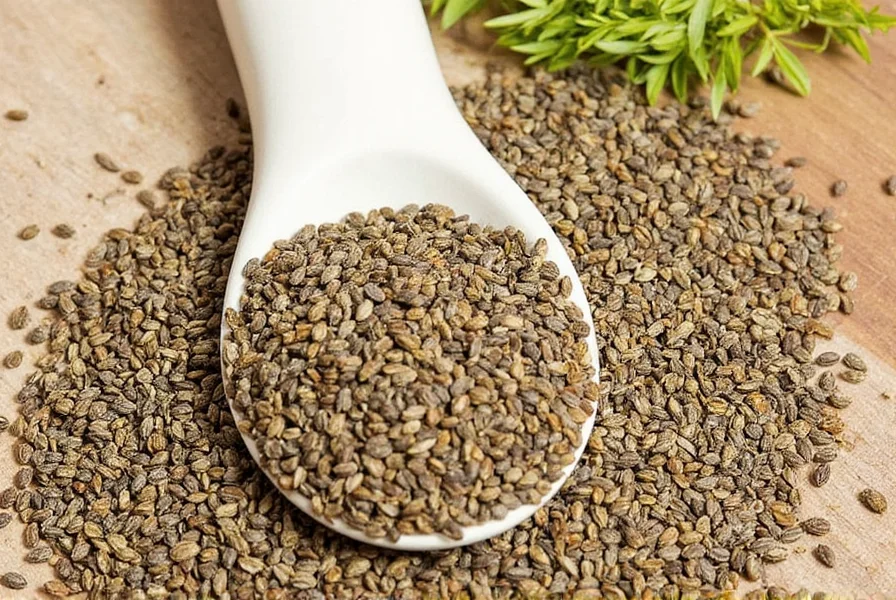
Cumin brings a warm, earthy punch that can stand in for nigella's bolder notes. It's a bit stronger and doesn't look the same, so it's better suited for recipes where flavor is more important than appearance.
Pro Tip: Crush or grind them slightly before using to release their oils and mimic nigella's intensity.
3. Poppy Seeds
These little blue-gray seeds are popular in European baking and provide a mild, nutty flavor with a gentle crunch. They're especially great for mimicking nigella's look in baked goods like bagels, buns, or naan.
Pro Tip: Soak them briefly in water or milk before using to prevent burning during baking.
4. Fennel Seeds
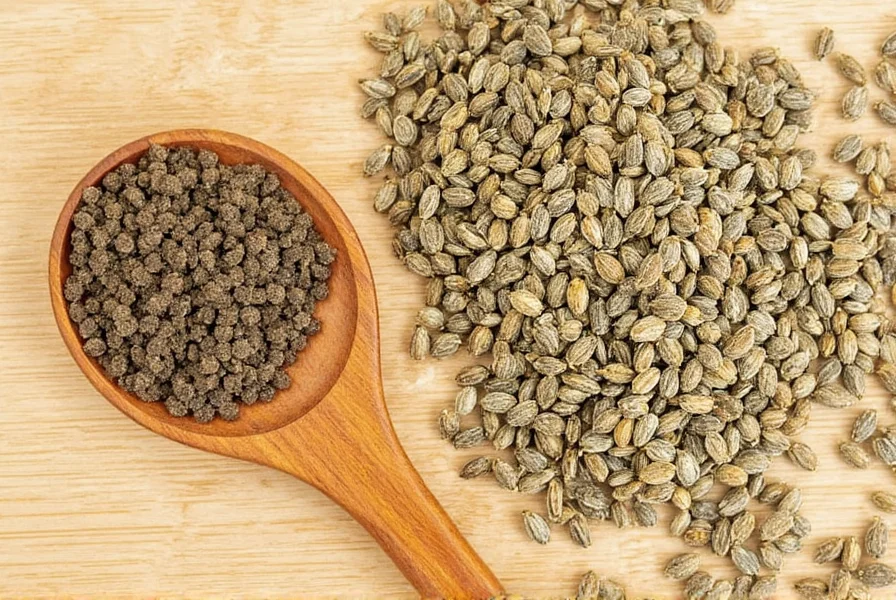
Fennel has a licorice-like taste, which can add a unique twist to dishes calling for nigella. While it's not a direct flavor match, it works well in spice blends and breads where a touch of sweetness complements the overall flavor.
Great For: Homemade focaccia, Italian loaves, or even tea blends.
5. Turmeric Powder (Visual Stand-In)
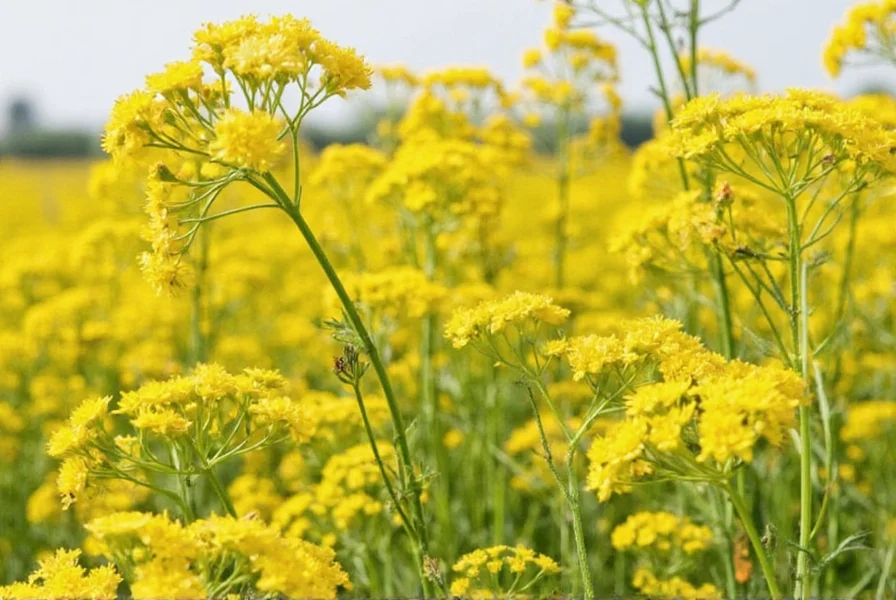
This one's a stretch, but if you're making something where you care more about the golden-black contrast than the actual seed texture, turmeric can help achieve that "look" without altering flavor too much — though you'll miss the crunch entirely.
Buying Guide: Choosing the Right Alternative
Now that you've got a list, let's break down what to look for when buying substitutes for nigella seeds:
For Naan Bread & Flatbreads
- Best Pick: Black Sesame Seeds or Poppy Seeds
- Why: Similar in size, texture, and visual appeal.
- Use Case: Sprinkle on top of naan, pita bread, or Middle Eastern flatbreads.
- Recommended Brands: Simply Organic, Badia, Frontier Co-op
For Indian Curry & Lentil Dishes
- Best Pick: Cumin Seeds
- Why: Earthy and bold flavor that stands up well in complex spice blends.
- Use Case: Curries, dals, spice rubs, and tadka (tempering).
- Recommended Brands: McCormick, Everest, Spice Islands
For European Breads & Pastries
- Best Pick: Poppy Seeds or Fennel Seeds
- Why: Subtle anise flavor pairs nicely with yeasty doughs.
- Use Case: Bagels, rolls, muffins, and sweet breads.
- Recommended Brands: Now Foods, Simply Organic
For Sauces & Color-Centric Dishes
- Best Pick: Ground Turmeric
- Why: Adds visual interest without changing texture significantly.
- Use Case: Gravies, sauces, or mixed into dough for visual effect.
- Recommended Brands: The Spice Garden, Simply Organic
How to Use These Alternatives in Your Cooking
Here are some creative ways to integrate these substitutes into your favorite dishes:
1. In Naan Bread & Flatbreads
Use black sesame seeds or poppy seeds on top of:
- Traditional naan bread
- Pita bread
- Middle Eastern flatbreads
- Savory flatbreads and focaccia
2. In Indian Curry & Lentil Dishes
Cumin seeds can replace nigella in:
- Curry powders and spice blends
- Marinades for chicken or lamb
- Roasted vegetable mixes
- Dal (lentil) preparations
3. As Garnish for Middle Eastern Dishes
Try black sesame or cumin seeds in:
- Tabbouleh salad
- Hummus or baba ganoush
- Yogurt-based dips
- Grilled vegetable platters
4. For European Baking
If texture is key for European-style baking, stick to whole seeds:
- Toasted black sesame on bagels
- Poppy seeds in muffins and cookies
- Fennel seeds in Italian breads
Frequently Asked Questions
What's the best visual substitute for nigella seeds in naan bread?
Black sesame seeds are your best visual match for naan bread—they're nearly identical in size and color. Poppy seeds work well too, though they're slightly smaller and have a bluish-gray hue instead of pure black. For traditional naan, black sesame provides the most authentic appearance while maintaining the right texture.
Can I use regular (white) sesame seeds instead of nigella for Indian cooking?
Yes, but with caveats. White sesame seeds lack the visual contrast of nigella or black sesame, making them less ideal for topping Indian breads where appearance matters. Flavor-wise, they're milder and sweeter than nigella. Toast them first to boost their nuttiness, and consider mixing with a pinch of cumin powder to mimic nigella's earthy notes when visual accuracy isn't critical.
What's the closest flavor match for nigella seeds in Indian cooking?
Cumin seeds are your top choice for Indian dishes like curries and dals. While stronger than nigella, they share that earthy-bitter profile. Use about half the amount of cumin seeds compared to nigella called for in your recipe, and toast them in oil first to mellow their intensity. For tempering (tadka), cumin provides a remarkably similar aromatic foundation.
Can I substitute nigella seeds in naan bread?
Absolutely. For traditional naan, black sesame seeds are the easiest 1:1 swap—they look nearly identical when sprinkled on top and provide similar crunch. Poppy seeds work beautifully too. If using cumin, reduce the quantity by 25% since its flavor is more pronounced. For best results, mix your substitute with melted butter or ghee before brushing onto cooked naan.
How should I store these substitutes to maintain freshness?
Store all seed substitutes in airtight containers away from light and heat. Black sesame and poppy seeds keep well for 6-12 months at room temperature, while cumin and fennel seeds last 1-2 years. For maximum flavor retention, refrigerate after opening—especially in humid climates. Whole seeds maintain freshness longer than ground versions, so avoid pre-toasting large batches.
Are nigella seed substitutes safe for children?
All recommended substitutes are generally safe for children in culinary amounts. Poppy seeds contain trace opiates that usually bake out during cooking, but avoid giving poppy seed-heavy foods to toddlers. Fennel seeds are sometimes used in baby gripe water, but consult your pediatrician before regular use. For school lunches, black sesame or cumin are the most universally safe options.
What's the best nigella seeds substitute for Middle Eastern pickles?
For Middle Eastern pickles, black sesame seeds are the best visual match, but cumin seeds provide the closest flavor profile. In traditional pickling recipes, you can use a 1:1 ratio of cumin seeds for nigella, though you may want to reduce the quantity by 20% since cumin has a stronger flavor. Toast the cumin seeds lightly before adding to the pickle brine for best results.
Final Thoughts

While nothing quite replaces the distinctive flavor of nigella seeds, the right substitute can still elevate your dish beautifully. Whether you're looking for a visual twin for naan bread, a flavor powerhouse for Indian curries, or a budget-friendly swap for Middle Eastern dishes, the five alternatives above offer plenty of flexibility and creativity in your kitchen.
So next time you reach for that empty jar of nigella seeds, don't panic — just grab one of these alternatives and keep your culinary magic flowing!
Remember: Taste as you go, adjust quantities to suit your palate, and enjoy the journey of discovering new flavors.










 浙公网安备
33010002000092号
浙公网安备
33010002000092号 浙B2-20120091-4
浙B2-20120091-4